All Tile, No Flash, and a Place That Just Kept Going
Stand in the middle of Lebanon Valley Mall and do a slow spin; there's no escalator, no glowing atrium, and no curated Instagram wall.
What you see is what it's always been: drop ceilings, vinyl tile, a Boscov's at one end, and a quiet echo that fills the space in between - the kind of place where you can still hear your own footsteps.
It opened in 1975, but the story actually started three years earlier. August 1972. Boscov's broke ground on what would become their first store outside Berks County.
That one store didn't just kick things off; it shaped the whole property. Everything else, from shoe shops to soda fountains, got built around it.
And while other malls tried to reinvent themselves with neon food courts or ice rinks, Lebanon Valley Mall just kept leaning on what it had: retail square footage, two anchor spots, and a layout that could take a few hits and still keep its shape.
If you've ever searched for things to do in Lebanon, Pennsylvania, and ended up walking a few loops through the mall, it probably wasn't your plan.
But it probably wasn't your worst decision, either.
Boscov's Comes First, Then the Lebanon Valley Mall Follows
You could argue the mall didn't start as a mall. It started as a single idea: build a big department store in a place that didn't have one.
That's what Boscov's did in August 1972. Their real estate arm, the Lebanon Valley Mall Company, managed the whole project from scratch.
The store went up along U.S. Route 422, facing a mix of farmland and highway. No neighbors. No competition. Just space.
By September 10, 1975, the rest of the building opened. The Lebanon Valley Mall wasn't huge, but it was built with a clear rhythm: long, straight corridors, open floor plans, and enough square footage to house dozens of national names.
Murphy's Mart joined Boscov's as an anchor, and between them came Rea & Derrick, Kinney Shoes, Acme Markets, GNC, Waldenbooks, RadioShack, Zales, Hardee's, and a small movie theater.
Nothing about it was ornamental. The tile was functional. The lighting was bright and even. It wasn't built to impress; it was built to serve.
And it did. From groceries to back-to-school jeans, you could walk through one set of doors and check everything off a family's weekend list.
No fuss. No flair. Just retail that worked.
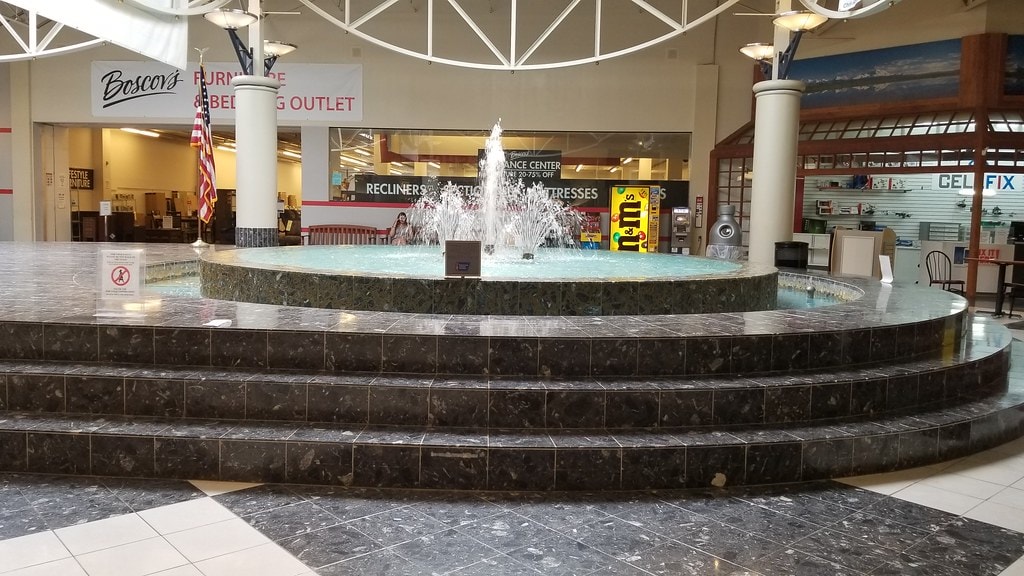
Grocery Closures, Wall Punching, and the '90s Anchor Expansion
The first big shift didn't come with the ceremony. It came with a grocery store going dark.
Acme Markets was one of the mall's originals when it opened in 1975. By the late '80s, that changed.
The exact date is a little fuzzy, but by 1988, Acme was out, and Boscov's was eyeing the empty square footage. They didn't just expand, they absorbed it.
Knocked down the shared wall, spread out their departments, and made the space feel like it had always been theirs. If you didn't know where the old grocery ended, and Boscov's began, that was the point.
There wasn't a lot of noise about it. No external construction. No new anchor. Just one tenant was getting bigger because another one had vanished.
Then came 1996, and this time, the Lebanon Valley Mall actually added square footage. You could tell. The footprint changed. That year, construction started on a new anchor pad, and JCPenney moved in soon after.
The layout shifted into a clean three-anchor model - Boscov's at one end, Ames (that acquired Murphy's Mart in 1985) holding the other, and now JCPenney bringing in the catalog crowd.
That's the only time the Lebanon Valley Mall really grew. Every other change from here forward happened inside the original walls.
Movie Screens, Store Closings, and the Art of the Pivot
By the early 2000s, the mall was holding on, but the gaps were getting harder to ignore. Ames was gone in 2002 because of bankruptcy.
And while Boscov's had bulked up years earlier, the next round of changes wasn't about growth; it was about survival.
Then, in 2006, a win: Great Escape Lebanon Valley 10 opened. Ten screens. Full sound. Reclining seats, if you knew which ones to book early.
It didn't just replace the old one-screen setup from the '70s; it reset the bar. People came for the movies and stayed for dinner or a quick walk through the shops they hadn't visited in years.
It felt like momentum, at least for a while.
But then came a loss. JCPenney, brought in with a fresh build in 1997, shut its mall doors by 2007 after shifting its focus to a standalone location in Harrisburg.
Just another big box with its lights off.
Hobby Lobby moved into that same space later in 2010. They didn't overhaul it: same walls, same bones.
They filled it with yarn, seasonal wreaths, and every shade of acrylic paint you can imagine. For the mall, it was a relief. They kept things moving, one square foot at a time.
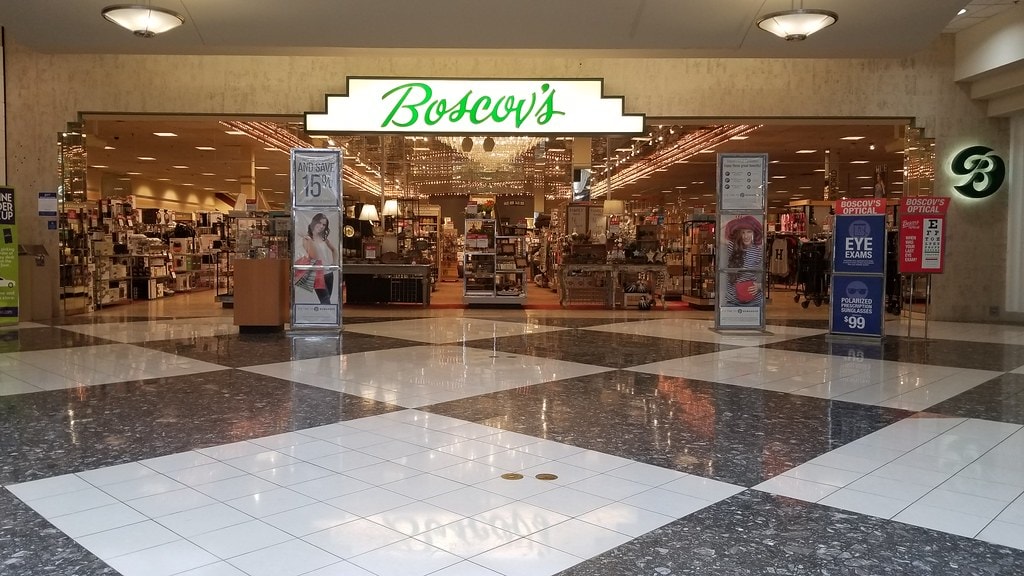
From Closure to Cardio, Groceries, and a Cinema Rename
By early 2014, the old Ames space had been sitting quietly long enough that most shoppers had stopped looking in its direction.
The lights were off. The glass fogged over. The tile underneath hadn't seen foot traffic in years. Then Planet Fitness moved in, and didn't try to hide the hand-me-down bones of the building.
They left the floor flat, the layout open, and worked with what they had: rubber matting, machines in rows, and a front desk under the same drop ceiling that once lit the clearance racks.
It wasn't flashy, but it brought people through the doors, regulars, late-night lifters, and folks who just wanted to walk without braving the weather.
A few months later, the theater changed names - on paper, at least. Great Escape Lebanon Valley 10, which had opened in 2006, officially became Regal Lebanon Valley in 2014.
But the façade kept its old name, even years later. No renovation, no big announcement.
Just a quiet handoff behind the scenes. Inside, nothing moved: same popcorn, same carpets, same lineup of late-run blockbusters on a ten-screen schedule.
Then came June 2015. Price Rite opened, taking over a grocery footprint the Lebanon Valley Mall hadn't filled since Acme left decades earlier.
It wasn't a return to form; it was a way to keep the space useful. And it worked.
Temporary Closures, Long Silences, and Unanswered Notices
March 18, 2020, was the day the Lebanon Valley Mall shut all the way down. Pennsylvania's orders landed, and the doors locked.
It wasn't gradual. No "temporarily closed" signs are going up one by one. It happened all at once. Retail paused. Music stopped.
Even the district office tucked inside the mall went dark.
When the building reopened weeks later, it wasn't a clean reboot. Some stores were quick to switch the lights back on. Others delayed. A few never came back. And in the months that followed, the quiet didn't lift so much as shift.
Then came December 2022. A local indoor playground, one of the last true family spaces in the building, got an eviction notice. The space closed. The mall lost another everyday draw.
In February 2023, the reptile zoo moved out, not because of a dispute, but because they'd outgrown the space. They asked to expand their footprint inside the mall, but when that didn't pan out, they found a larger site elsewhere and relocated.
At almost the same time, right outside, Phase 6 of the Lebanon Valley Rail Trail broke ground. The path now curved alongside the mall's edge.
It didn't enter the building, but it got close enough that joggers and cyclists started glancing sideways as they passed.

A Theater Built by Hand
If you walked past Mancino's Pizza in late 2023, you might've noticed it: a theater just visible through the doorway.
That space, once a row of standard mall units, now houses The St. James Players - a community theater group that moved in after outgrowing their original home at a downtown church.
They didn't just rent it - they built it. Over nine months, volunteers spent long hours converting 4,500 square feet into something fully stage-ready.
They added dressing rooms, a green room, a small lobby, and full ADA access.
The new space opened formally in 2023. Their first production, Musicville, was a children's show.
Their second, Newsies, pulled in a 32-person cast and a sold-out run - five full houses out of eight.
Crowds filled the seats. The rest of the mall stayed quiet, but inside that theater, the energy picked up.
The Anchors That Stayed and the One That Slipped Away
You could walk the length of Lebanon Valley Mall in 2025 and still find the heavy hitters: Boscov's, Hobby Lobby, Planet Fitness, and Price Rite.
Each one serves a different slice of the week. Groceries. Cardio. Craft foam. Window blinds. The mall never ran on synergy; it ran on parallel tracks.
That fifth anchor, the one that used to light up after 6 pm, was gone. Regal Lebanon Valley Stadium 10 closed quietly in January 2025. The last movie rolled. The last popcorn popped.
After that, the doors shut and didn't reopen. Just a blank marquee and a spot on the mall directory that stayed up long after the last staff member walked out.
Drunken Smithy set up in the former Victoria's Secret in 2023, then knocked through into the two neighboring units to make more room for axe-throwing lanes, forge stations, and display walls lined with steel.
In April 2025, the mall hosted the Forged Fantasy Faerie Festival, transforming its corridors into something between a Renaissance fair and a fantasy market.
Harpists played near food stalls, vendors sold handmade cloaks and bone dice, and Drunken Smithy fired up the forge while guests wandered in wings and leather armor.
For one weekend, the mall didn't feel like retail, it felt like a set piece from someone's tabletop campaign.
Structurally, the mall hadn't changed in years. No additions, no reconfiguration. What had changed was how the inside got used.
Festival booths where photo studios used to be. Blacksmiths where mannequins stood. Gaps between anchors weren't empty; they just didn't look like stores anymore.
And at the center of it all, same as ever, Boscov's held its ground. Still running housewares and dress shirts under lights that had barely flickered since the seventies.

🍀

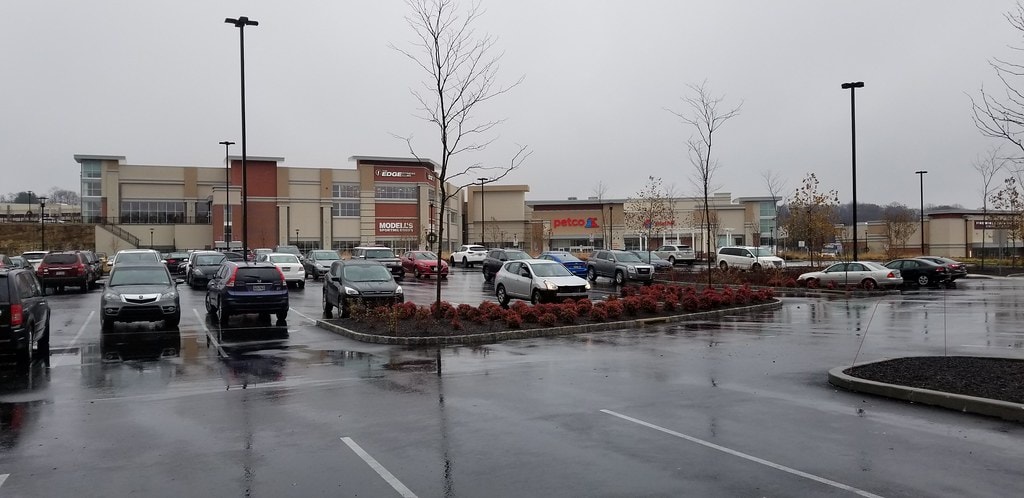
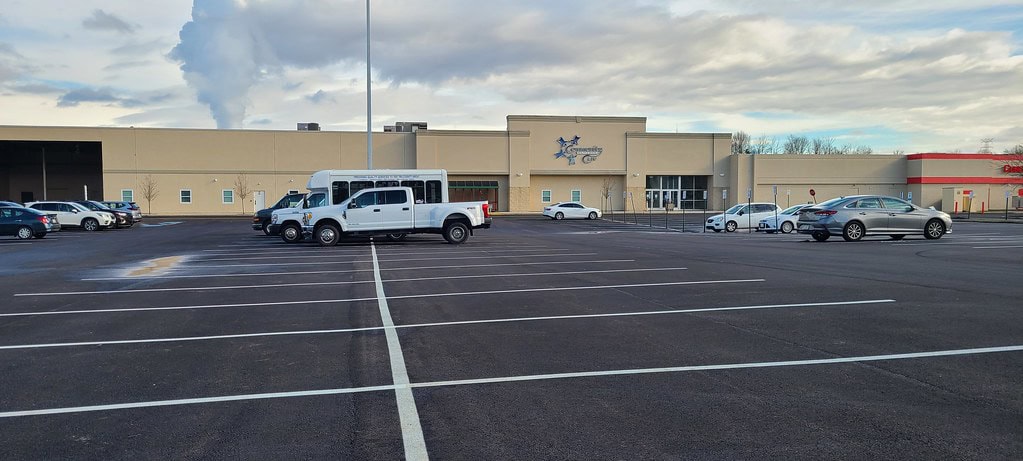
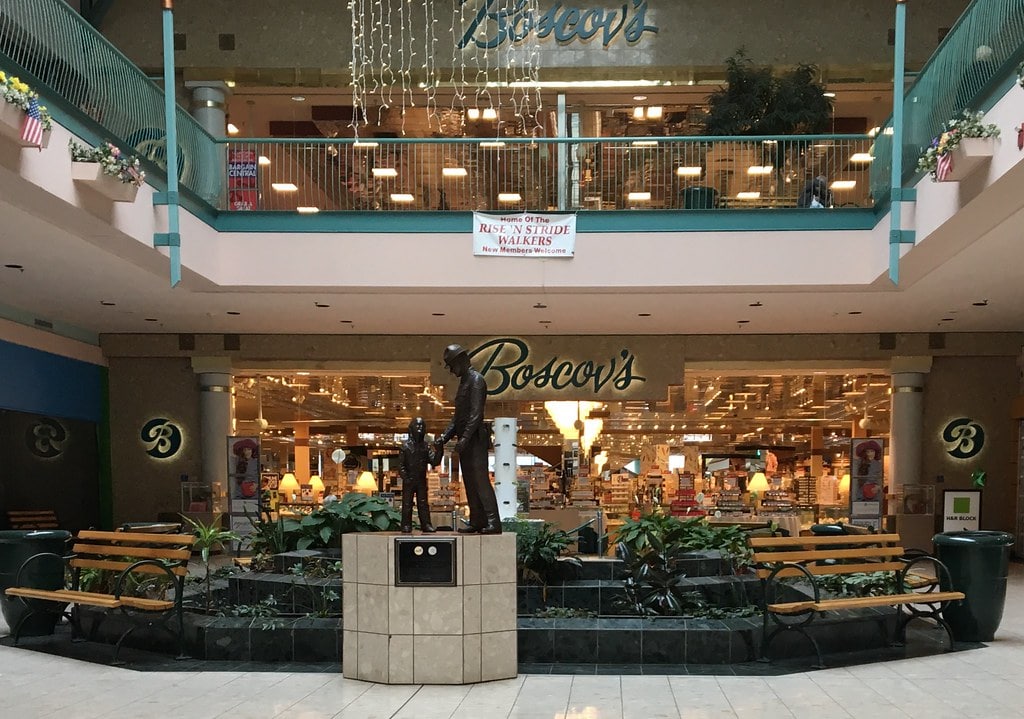
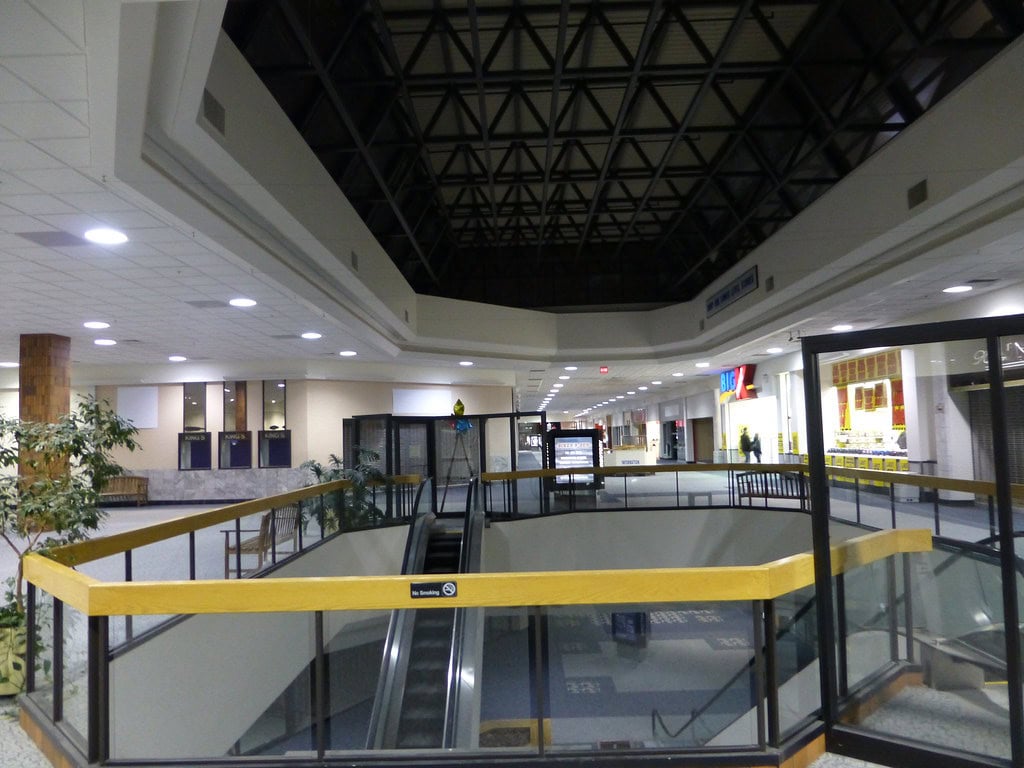
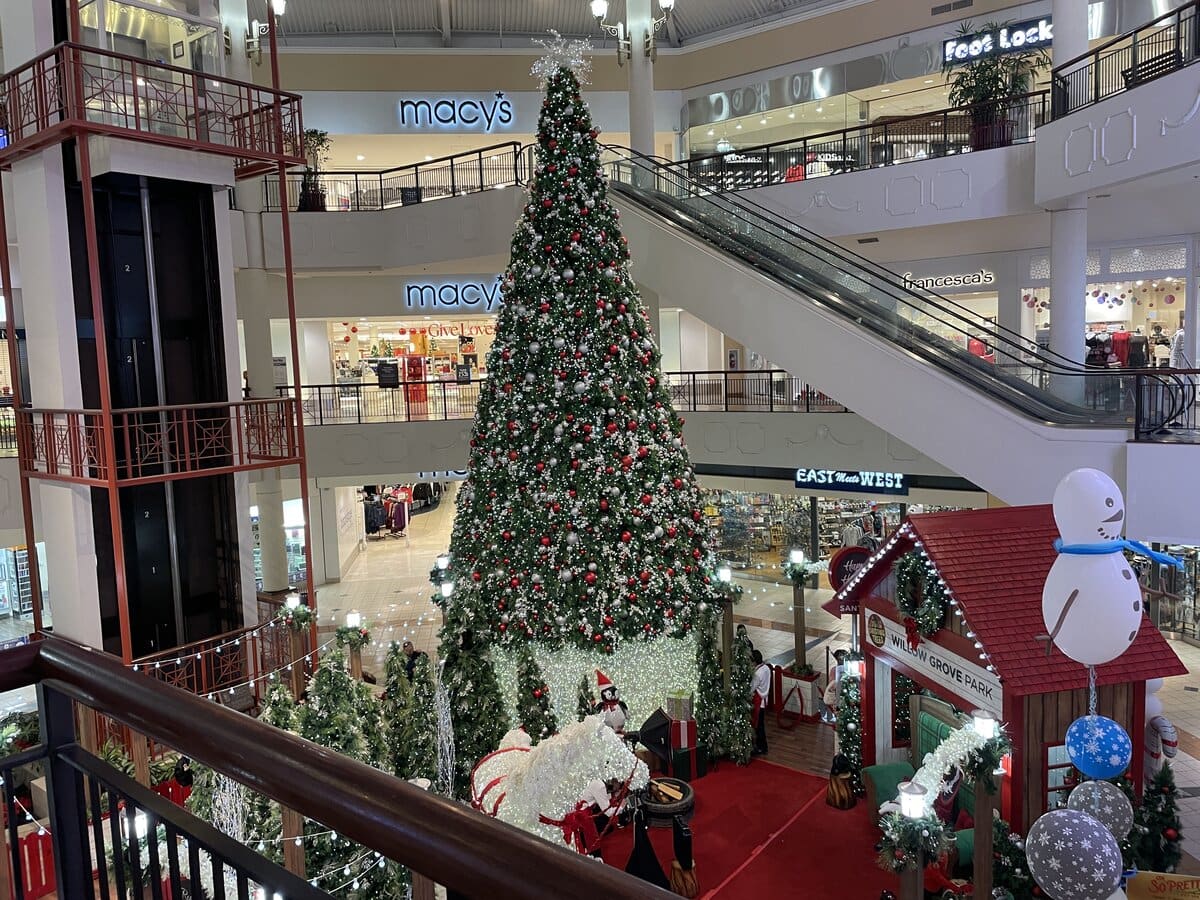
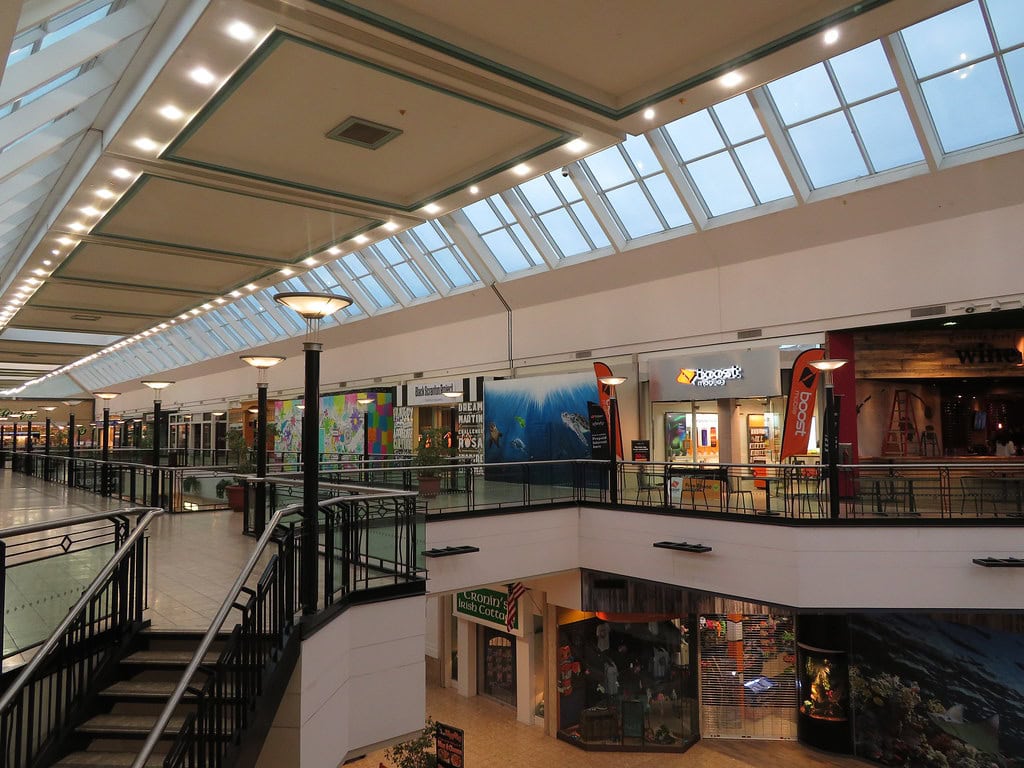
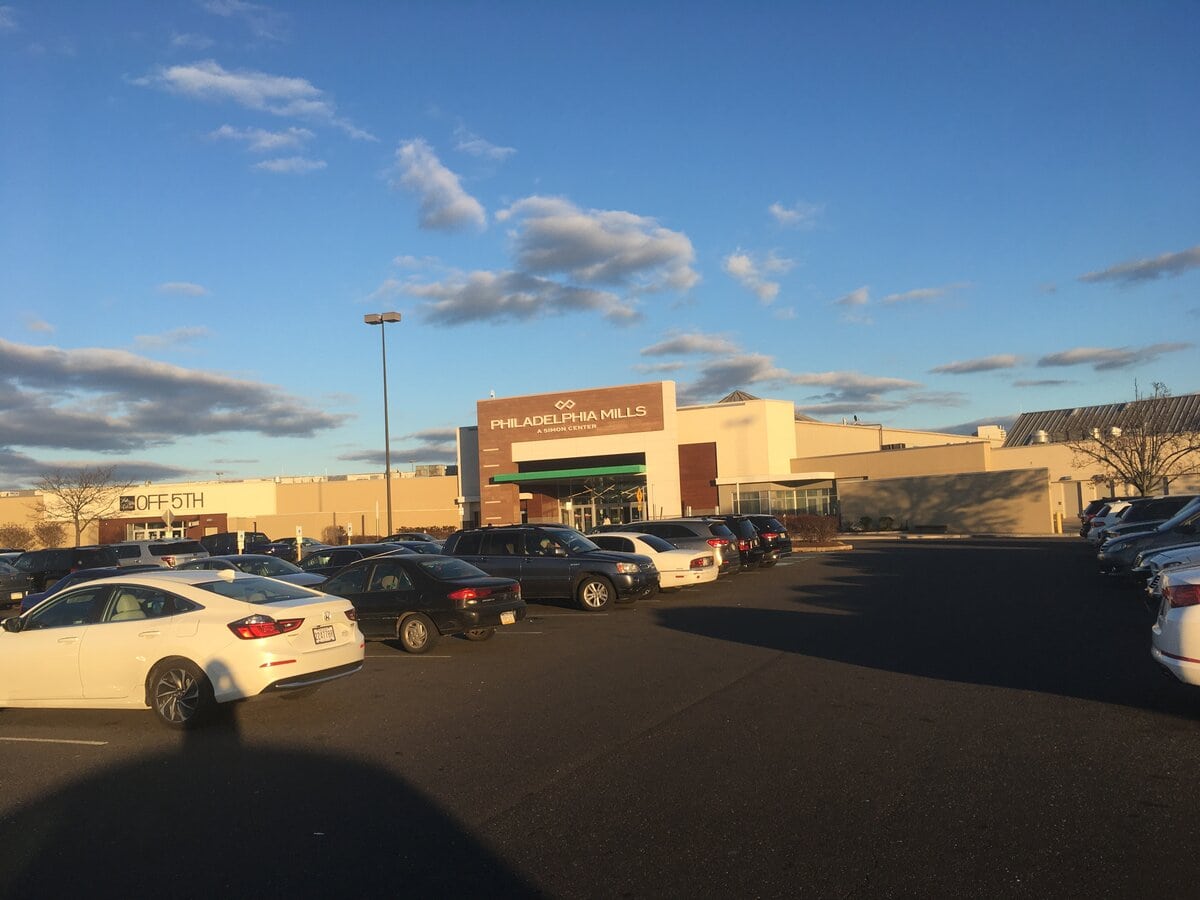
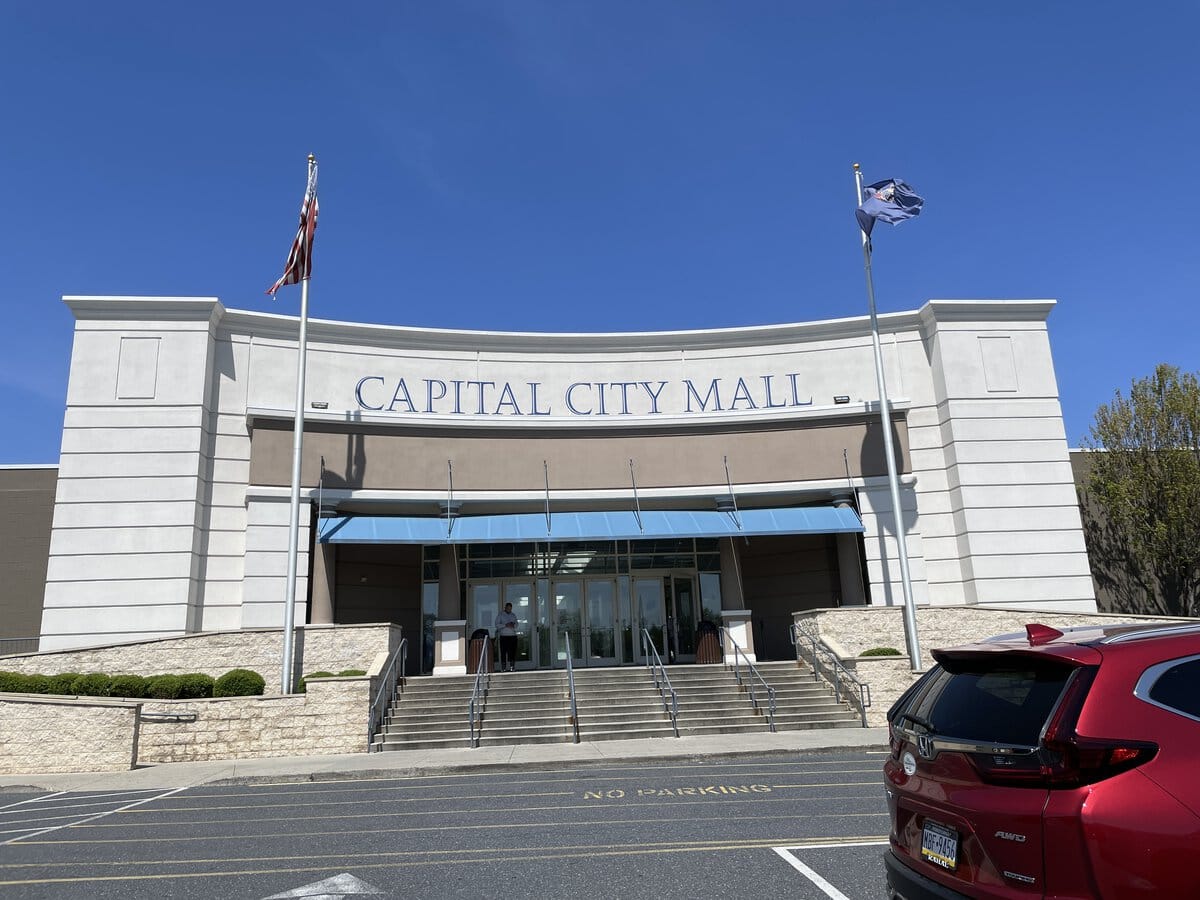
What a great story!! love it. We came to the area in 1988 and watched it morph into now. I even met Mr. Boscov one day while shopping. Thank you for bringing back memories.
Glad this brought you back. Malls like Lebanon Valley changed quietly, year by year. But those early days still linger, especially for people who watched it grow.
I like this article. For the most part, it accurately depicts the history and evolution of the Lebanon Valley Mall. But you left out a very important recent development: The St. James Players Theater.
You need to amend this article to include this relative newcomer to the mall and what it means for the children and live theater aficionados from this area. Or better yet...do an entire feature article on this theater...it's a true labor of love, dedication, and commitment.
Thanks for pointing that out. It seems they've brought back something that had been quiet for years: people gathering in that space for more than just shopping.
Hi Spencer!
First, I love this. I really only knew bits and pieces of the mall history after I moved into the area in 2016. Here is a little more history that you might not be aware of.
Lifeway Church which started in the Regal Cinemas on September 20th, 2015 outgrew their space in the Regal and was looking for new space. The Lebanon Valley Mall was at the same time forecasting more slowness in the mall and took a chance on that small church renting space to them in the wing of the mall right behind Hobby Lobby. Lifeway Church completely renovated that space which was completed September of 2019. The initial footprint was a little over 17,000 sq ft and has added around 10,000 sq ft bringing it to 27,000 sq ft of mall space. Lifeway Church was about 400 people when they moved into the space and now has around 2500 people that call it their church.
Again, thanks for your history of the Lebanon Valley Mall!
Thank you so much for adding this, Jimmy! It's exactly the kind of detail that makes the mall's story richer. That expansion from 400 to 2,500 people is remarkable. It shows how even as traditional retail pulled back, new uses kept life flowing through the mall.